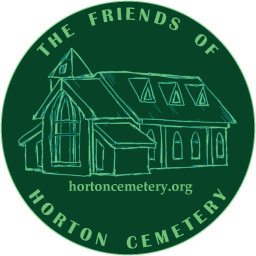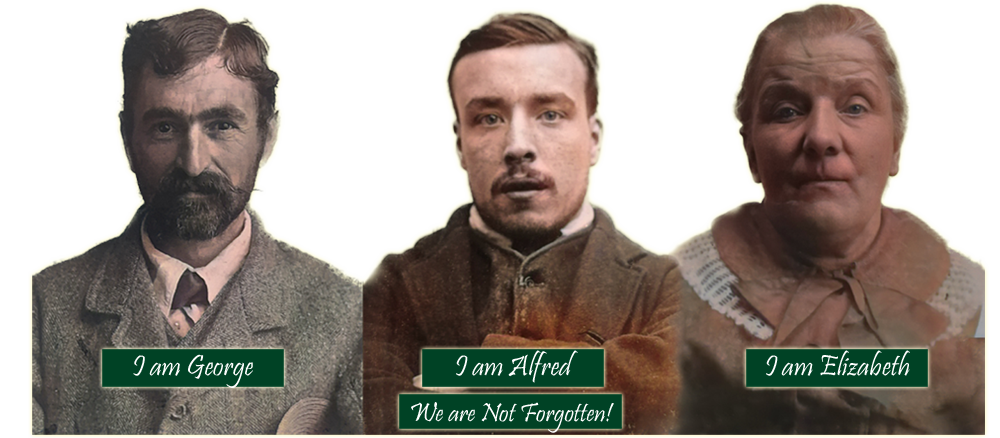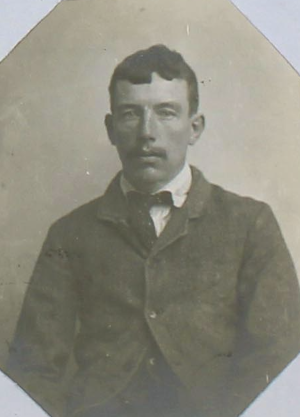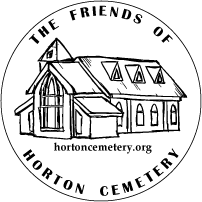b.1880-d.1914
Stephen’s parents and siblings
Stephen was born on 24 December 1880 at 9 Rope Yard Rails, Woolwich. He was registered as Stephen Henry Emery-Gilliam and was the son of Peter George Emery-Gilliam and Eliza Emery-Gilliam formerly Tasker. To understand Stephen we have to understand his family, especially his father. The family name changes many times and the spelling of Gilliam is often corrupted to Gilham or Gilling and this made it difficult to trace the family.
Stephen’s father was born Peter Emery and one of the first records about him, was a newspaper article in the Brighton Guardian on October 12, 1864 when he was 20 years old.
On 30 September 1867, a few years after this newspaper report, Peter married Angelina Maud Alexander Penfold. They were both from the Brighton area where Peter worked as a bricklayer/labourer. Together they had three children, all of whom were given the surname Emery which they continued to use throughout their lives. Their children were Lewis Peter born c1870, Angelina born c1873 and Alfred John born c1875. At a private baptism of their 13-year-old daughter Angelina in 1886, the baptism record unusually states ‘father deceased’. This was not true.
Baptism of Angelina Emery on 9 September 1886 at St Paul’s Church, Brighton
We do not know when Peter and Angelina had separated but on the 1881 Census Angelina Emery was living with the children at 34 Carlton Road, Brighton, It records her as married but with no husband present.
At the same time (1881) her husband Peter Emery is now using the surname Gilliam and he is living at 18 Waterman’s Field, Woolwich with Eliza (Tasker) as his wife, and their baby son Stephen, our subject. According to the 1911 Census Peter and Eliza went on to have fourteen children, all of whom were given the surname Emery-Gilliam. However, only twelve have been accounted for.
A marriage has never been confirmed for Peter and Eliza. In 1881 Eliza was thought to be around eighteen years of age and Peter was thirty-six. They shared a property in Waterman’s Fields with ten others. Peter and Eliza both give their place of birth as Steyning in Sussex, a village fairly close to Brighton.
Early Days
Before long, Peter, Eliza and their growing family moved to 22 The Avenue, Sandy Hill, Plumstead, where they lived for around ten years. This property was a three-roomed terraced house, not shared with anyone. This stay shows some stability in their family life at this time. The older children were baptized at the local church and Peter appears to have been working.
Baptisms of the three eldest Gilliam children at St James Church, Plumstead on 16th November 1884
In 1891 Peter was 45 years old and he and the family were still living in Plumstead. The family was ever increasing in size. Stephen and the eldest children would no doubt have had some expectation on them.
A Change in Fortunes
Unlike the older children, no baptism records can be found for the younger ones. At least two died in infancy and on their burial records it shows the family remained in the house at Sandy Hill, Plumstead. The family are now using the surname Gilliam, or various spellings of it. Peter was a master bricklayer, a job that depended on good weather. Peter appears to have provided for his large family whilst he was able to work but Eliza was still having children up to 1906 when Peter was sixty-two. Whether the older sons had helped Peter with his bricklaying we don’t know but bricklaying was the occupation that they gave at enlistment in the military. Peter was now struggling to look after his younger family. A newspaper report of 1902 records that Peter and the family were living at 19 Dicey Street in Woolwich, when Peter was summoned for non-payment of his rates.
Kentish Independent 21 November 1902
The rate collector commented that the family lived in a house rated at £14 but he could very well live in a smaller property. It is easy to believe Peter was someone who liked to keep up appearances. This would raise its head again after the death of his son Stephen. Would a smaller, more affordable house have been suitable? The family did leave that house and in 1903 and again in 1905 Peter, Eliza and the younger family members were all admitted to Plumstead Workhouse. It was unlikely they were able to support Stephen at this time. Peter was aging and Eliza must have been exhausted by so many ongoing pregnancies.
A newspaper article in the Kentish Independent in April 1906 records that Peter was charged with begging and was bound over. Things must have been very difficult.
Coming of Age and the Military
After school Stephen had worked as a bricklayer, perhaps helping his father, and he also joined the militia. Aged 18 Stephen went from the militia and enlisted in the West Kent Regiment, enlisting for six years on 12 October 1899. At enlistment, he appeared in good health and was over five feet seven inches tall, weighing 9 stone. Whilst serving, Stephen was imprisoned for 96 hours on 25 June 1900 for being ‘drunk and improperly dressed in town, resisting his escort and using obscene language’. Again, on 1 March 1901 he was arrested for attempting to desert the service and was then awarded 7 days imprisonment.
In the 1901 Census Stephen was serving with the regiment as a gunner. He was stationed in Fermoy in Ireland. He was never posted overseas (Ireland was considered home by the military), although the regiment went on to fight in the Boer War in South Africa. Further disciplinary charges followed and on 14 May 1901 Stephen was absent from the defaulters parade. He was charged with ‘losing, by neglect his clothing and regimental necessaries’. Ten days later he was discharged from the military as ‘incorrigible’ and ‘worthless’. He had served 1 year and 244 days. In a strange turn of events Stephen re-enlisted on 15th November, the same year that he was discharged. This time he joined the Coldstream Guards, as Stephen Hemery Tasker (his mother’s maiden name). Just days later he was convicted for ‘after being discharged with disgrace, enlisting’. A note on his military records says he had ‘irregularly enlisted’. He was tried and sentenced to 168 days imprisonment then discharged ‘with Ignominy’.
What happened to Stephen after this is not very clear. Back home the family must have been in turmoil and despair. There is a possible baptism of a daughter Isabella May Gilliam on 7 January 1906 at St James Church, Brighton. Her parents were recorded as Stephen Henry and Isabella Matilda Gilliam. Stephen was a hawker. No birth registration for baby Isabella has been found, nor a marriage certificate for Stephen and Isabella Matilda.
West Sussex Asylum
On 26th May 1912 Stephen was admitted to West Sussex Asylum. It would appear he was accompanied by Eliza Gilham. The admission record confusingly states the information given is from both wife and mother. It is more likely that it was Stephen’s mother Eliza who accompanied him. She was just seventeen years older than Stephen and maybe confused as his wife. He was recorded as of no fixed abode and the next of kin was given as his father Peter.
Stephen’s ‘mother’ said this was his first attack and there was no history of consumption or insanity in the family. Stephen, she said was temperate in his habits and of a cheerful disposition. He had been complaining of his ‘head’, and had grandiose delusions, at times appearing confused. Stephen tested positive for syphilis and was given a diagnosis of General Paralysis of the Insane, a fatal complication of syphilis. The information given stated that Stephen had been married for 5 years, had two children, the youngest being 10 months. Apart from the one baptism record in 1906 when Stephen’s wife was recorded then as Isabella Matilda, no records have been found for any wives or children.
Stephen stayed at the West Sussex Asylum for nearly two years. He was transferred ‘not improved’ on the 14 April 1914 to Horton Asylum, where he died on 29 October the same year.. The cause of death was given as General Paralysis of the Insane. Stephen was buried in the Horton Estate Cemetery on 3 November 1914.
Death Announcement
A week later on 6 November 1914 Stephen’s father put a death announcement in the Kent and Sussex Courier. It stated ‘Mr Stephen Gilliam, son of Peter Gilliam of Great Brooms Road was buried at Epsom on Tuesday. The deceased was formerly in the army, and served in the Boer War. He was seriously wounded in one of the battles’.
Author’s Notes
Even with all the records at hand, it is impossible to know if we have the truth. Records rely on people knowing the right information and telling the truth.
Stephen was very difficult to follow, with so many surnames and different spellings, maybe there are more records out there, which have yet to be found.
Did Stephen’s father change his name to Gilliam after leaving his first wife Angelina? Did Peter Emery run away with the much younger Eliza to Woolwich? Stephen later used the name Gilliam when enlisting but the records from West Sussex and then Horton Asylum give the name Gilham or Gilling, no one correcting it until the death announcement by his father.




